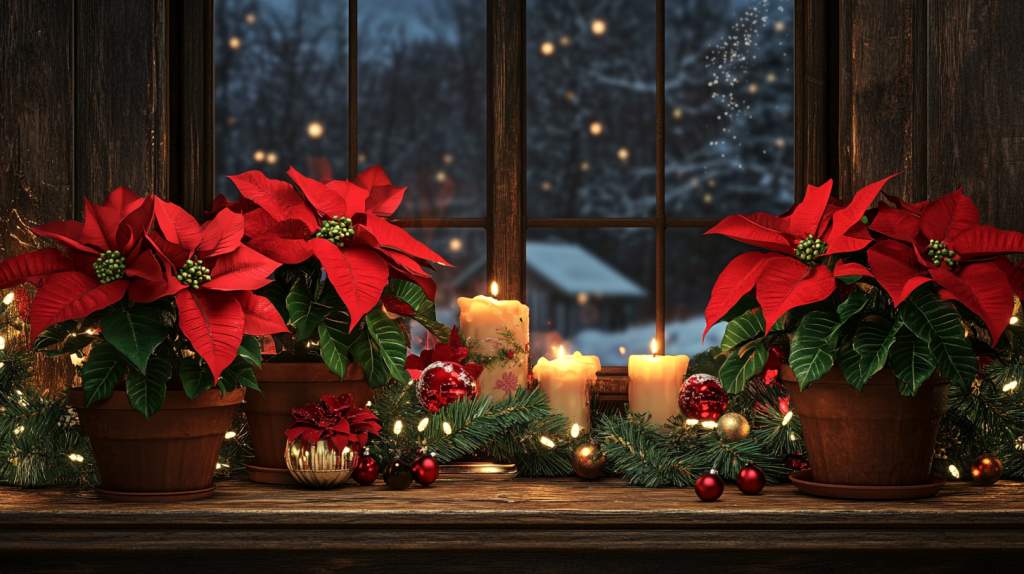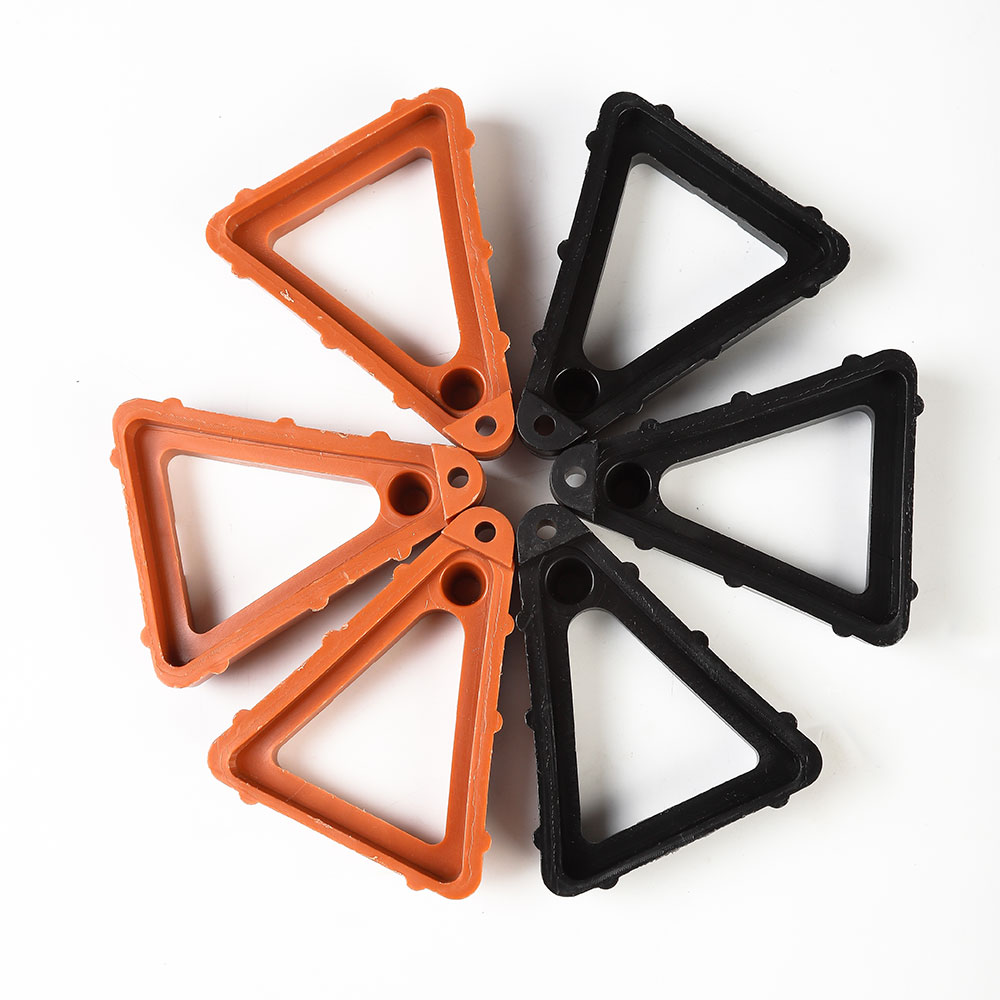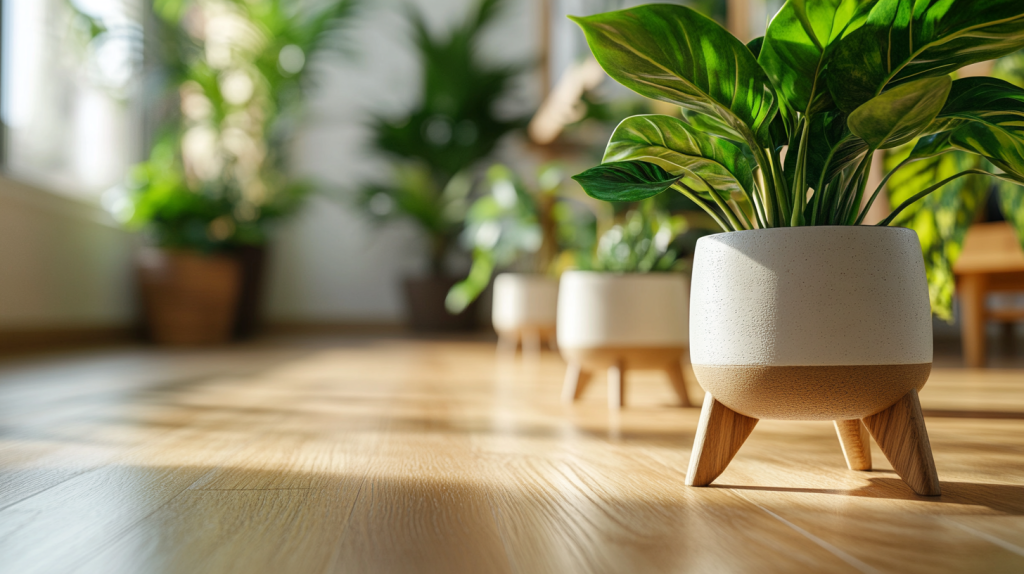Indoor gardening ensures the interior space is made attractive, it purifies the air and maybe a way to ensure the mind is productive. This fun filled hobby has its drawbacks though. The biggest challenge that an indoor gardener gets to solve is how to ensure proper drainage to avoid water logging which leads to rotting of plant roots and deterioration of the plant. Some of the interesting advises, tips and suggestions given by authors of this article concern easy but effective ways in enhancing drainage and improving plants’ health.
The Advantages and Disadvantages of Growing Plants Inside Our Homes
Indoor gardening; contributing beautification to your home environment, enhancing air quality and boosting relaxation. However, there are some problems, the main of which is the issue of drainage. Lacking this, plants may drown in water and become waterlogged, development of their root systems is impaired and dies.
Benefits of Indoor Gardening
The practice of indoor planting goes beyond just a passing fad and holds many benefits to the household, the mind and the planet. Here’s a closer look at the many benefits it offers:
- Promotes Humidity Balance: By releasing moisture through transpiration, plants regulate indoor humidity. This can be quite beneficial for those in drier climates or in winter months when heating systems make indoor humidity levels plummet and can reduce problems with dry skin or respiratory discomfort.
- Provides an Avenue of Learning: Indoor plant care helps an individual learn about botany and environmental science. These are great avenues for children and adults to learn various things about different plant species and their growth conditions, reasons for the importance of biodiversity, among others.
- Brings Seasonal Joy Indoors: Indoor gardening allows to have trees all year round, while outside there are no gardens and everything is covered with snow. Poinsettias, amaryllises, and miniature evergreens are good plants that can bring the theme of the holidays directly into the home.
- Creates a Connection to Nature: Indoor gardening creates that important tie with nature for city dwellers who do not have an accessible green area outdoors. Such a connection can reduce feelings of isolation and help with the practice of mindfulness in everyday life.

Common Problems
Along with these advantages, indoor gardening also has its problems. The most common are bad drainage brought about by the use of pots with no drainage holes, compacted soil, and incorrect watering techniques. This might cause water to pool up in the bottom of pots for an extended period, causing oxygen starvation and then forming fungi around the roots after some time.
Key Factors for Plant Health
Healthy indoor plants require a combination of light, humidity, and proper plant drainage. Light and humidity feed the plant’s photosynthesis and, therefore, its growth; drainage, on the other hand, prevents waterlogged soil and root rot-a cornerstone of good plant care.
- Light: Plants need the right amount of light in order to photosynthesize. While some plants grow well in low light conditions, others need bright, indirect light. Moving the plant to match its required lighting can greatly affect the change in growth.
- Humidity: Indoors, air conditioning or heating creates a dry environment; this can be emulated on the plants through misting or a humidifier. This moisture is what most tropical plants need.
- Drainage: Arguably, it is the most important because excess water should be able to leave the pot to avoid waterlogging; this develops a healthy root system. If not, even with utmost plant care, it will never thrive well.
How to Create Better Drainage
Effective drainage can be achieved by employing simple methods and tools to improve the flow of water by avoiding its pooling. First, use appropriate pots. It is very important to select pots that have holes at their bottoms since this allows the removal of excess water and minimizes root decay.
- Layering the Soil: Place pebbles, gravel, or broken shards of pottery in the bottom for drainage. That gives extra room for water to collect without drowning the roots.
- Use a Well-Draining Soil Mix: Use soil mixes specifically made for indoor plants. These mixes will contain ingredients such as perlite or sand that enhances aeration and the flow of water.
- Upgrade the pots with accessories like pot toes: One innovative but very simple solution includes the use of pot toes. Small, stout supports like these lift pots off of the ground for better air circulation and prevent water from collecting underneath the pot to preserve the roots. Other than saving roots, it also serves to protect the surface, whether it be of wood floors or countertops, from water damage. Easy to use and versatile, Pot Toes fit into any indoor gardening setup.
- Water Wisely: The biggest mistake you can make is watering the plants too much. Make sure to always feel the soil by using your finger to probe at least one inch deep into the ground. Drink water only when this feels dry to the touch.

Other Indoor Plant Care Tips
In addition to good drainage, there are a number of things that will promote the health of your plants and the growth of your flowers. With these steps, your indoor garden is sure to be healthy and hardy:
Prune Regularly
Prune all dead or yellowing leaves to help the plant produce fresh foliage and to minimize incidence of pest infestation.
Fertilize Wisely
When the plants are taking their growing spurt normally in the spring and summertime in zones 4 to 6 apply a balanced fertilizer to feed the plants. Do not apply fertilizer on the plant as it is dangerous to the roots of the plant.
Rotate Plants
Many indoor plants always develop on one side due to the direction where the light source is coming from. Otherwise, there’s a tendency for some particular students to dominate the interactions while others lag behind due to lack of exposure.
Clean Leaves
Light gets subdued when there is dust present on the leaves hence reducing the rate of photograph transference. The leaves should be cleaned for dust using a soft-wet cloth.
Wrapping Up
Having plants and flower pots within the house is a noble resolution of creating nature’s atmosphere indoors though it entails a lot of precision, more so while handling potted plants ensuring right drainage. With these tips from this guide such as selecting an appropriate pot, using drainage, hosing down the plant with water, and using tools such as Pot Toes, you will not only keep your plants alive but healthy as well. Add these drainage plans to a right care regimen and your indoor garden will thrive and turn your home into a visual paradise.
